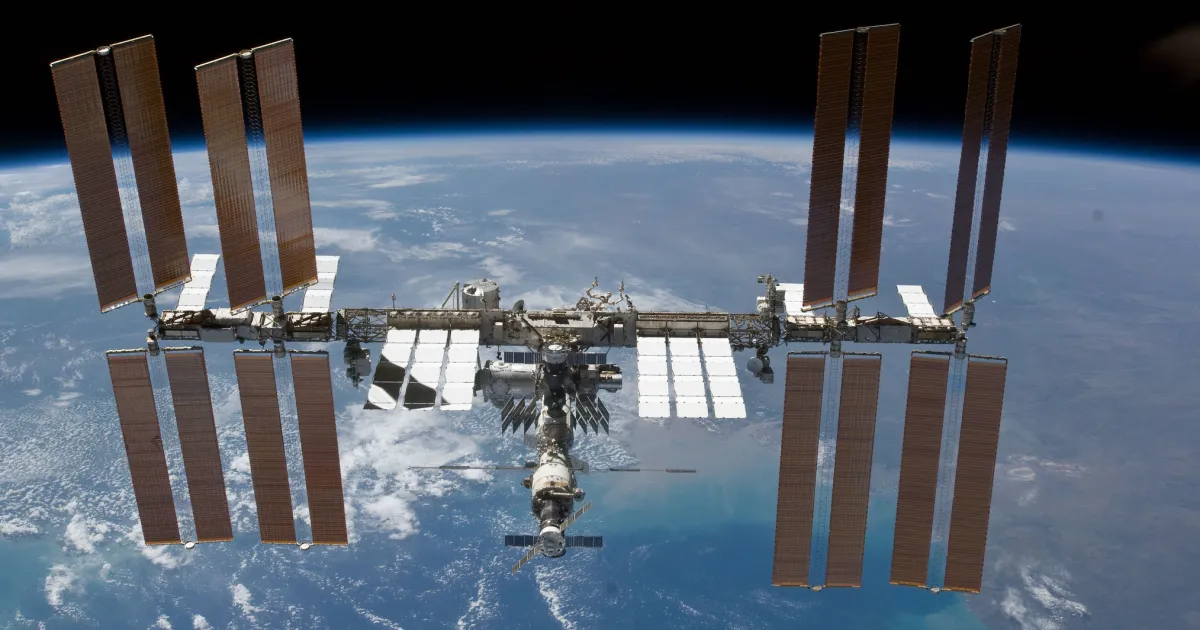Copyright Digital Trends

Many European nations put their clocks back by one hour on Sunday morning as daylight saving time came to an end. In the U.S. and Canada, the time adjustment will be made this coming weekend. But how about on the International Space Station (ISS), where astronauts experience 16 sunrises and 16 sunsets during every 24-hour period? What time system does the orbital outpost use, and does it ever have to adjust its clocks to stay aligned with NASA operations on Earth. Recommended Videos Considering that many of the ISS astronauts are communicating with NASA’s Mission Control Center at the Lyndon B. Johnson Space Center in Houston, Texas, you might think that the ISS uses U.S. Central Time. But don’t forget, it’s an international space station, with North Americans living alongside Europeans, Japanese, and Russians, among other nationalities, and so the ISS doesn’t link to any particular Earth-based time zone. Ever since it went into operation in 2000, the space station has used Coordinated Universal Time (UTC), a time standard that doesn’t observe daylight saving time and which remains constant throughout the year, keeping things simple for the astronauts who live and work on the satellite orbiting around 250 miles above Earth, as well as for those on Earth who work with them. It means that for astronauts on the ISS, there’s no talk of “spring forward” and “fall back” in March and November, respectively, allowing them to keep things simple, which must be something of a relief when you consider all of those sunrises and sunsets. Keeping with a single, simple time standard like UTC enables astronauts from all countries to maintain a regular schedule despite the unusual environment. It essentially provides them with a set way to coordinate sleep, work, communications, and science research, and also helps them simulate a normal day-night cycle that keeps the international crew synchronized, ensuring smooth daily routines in space.



